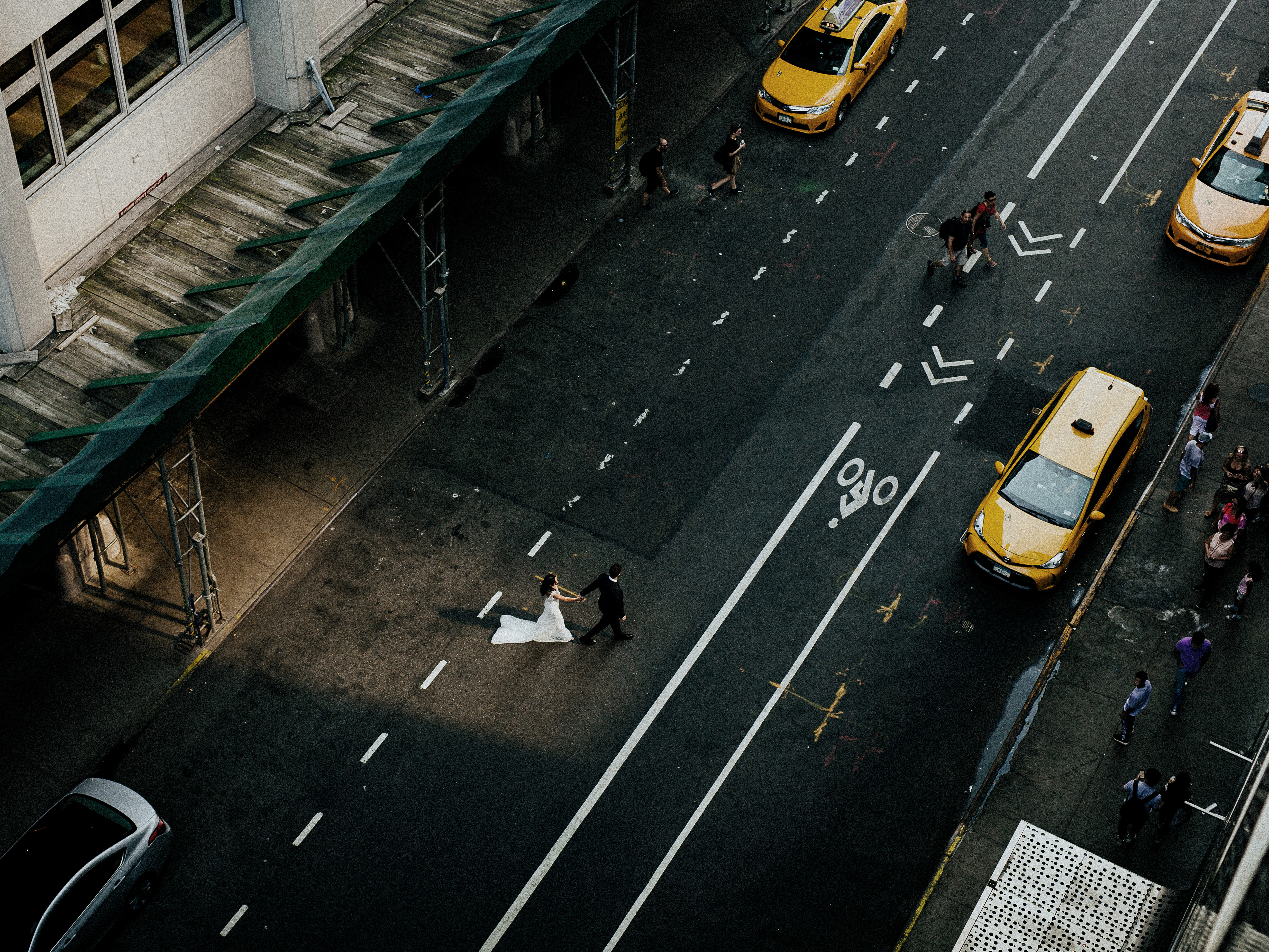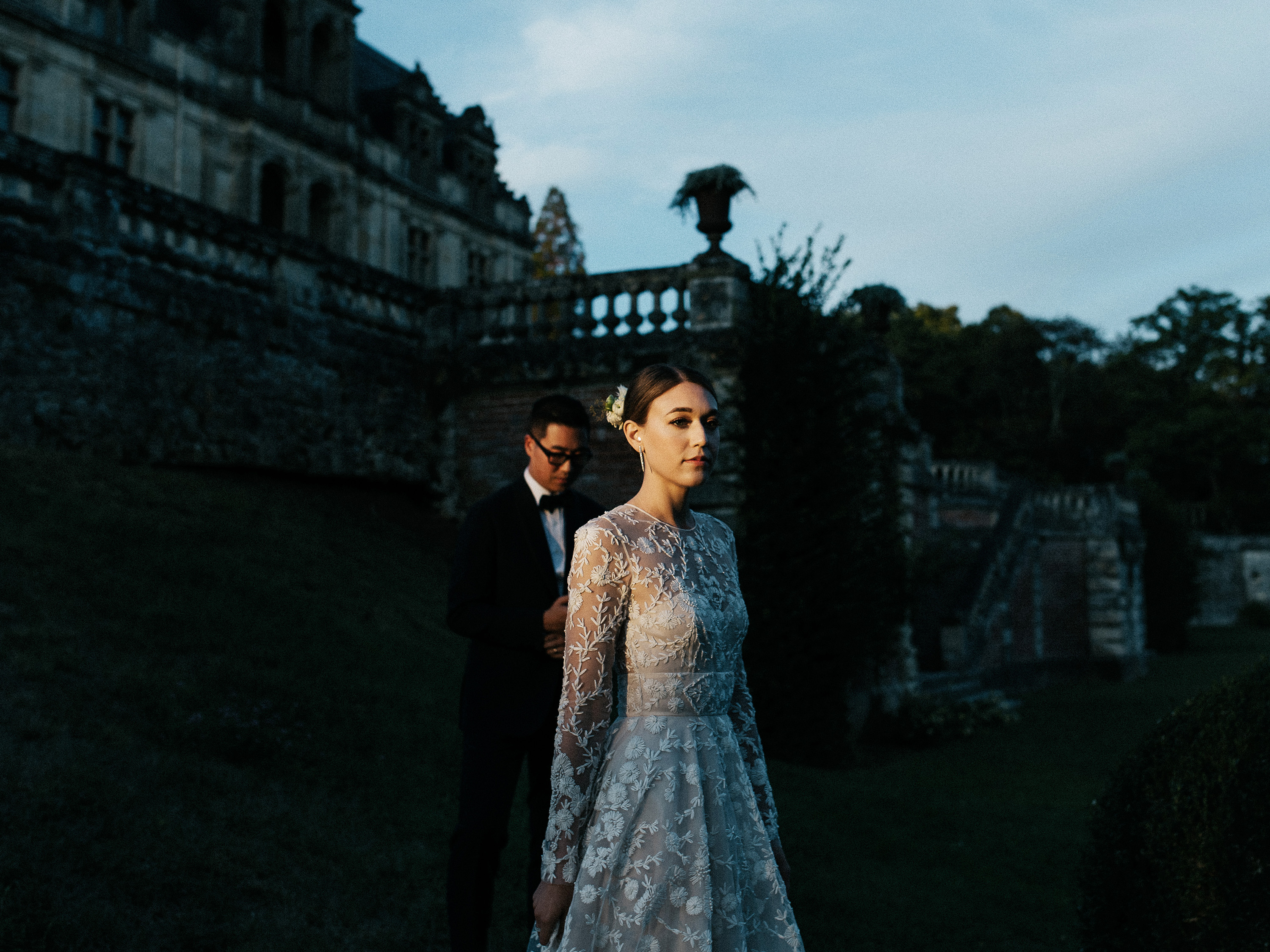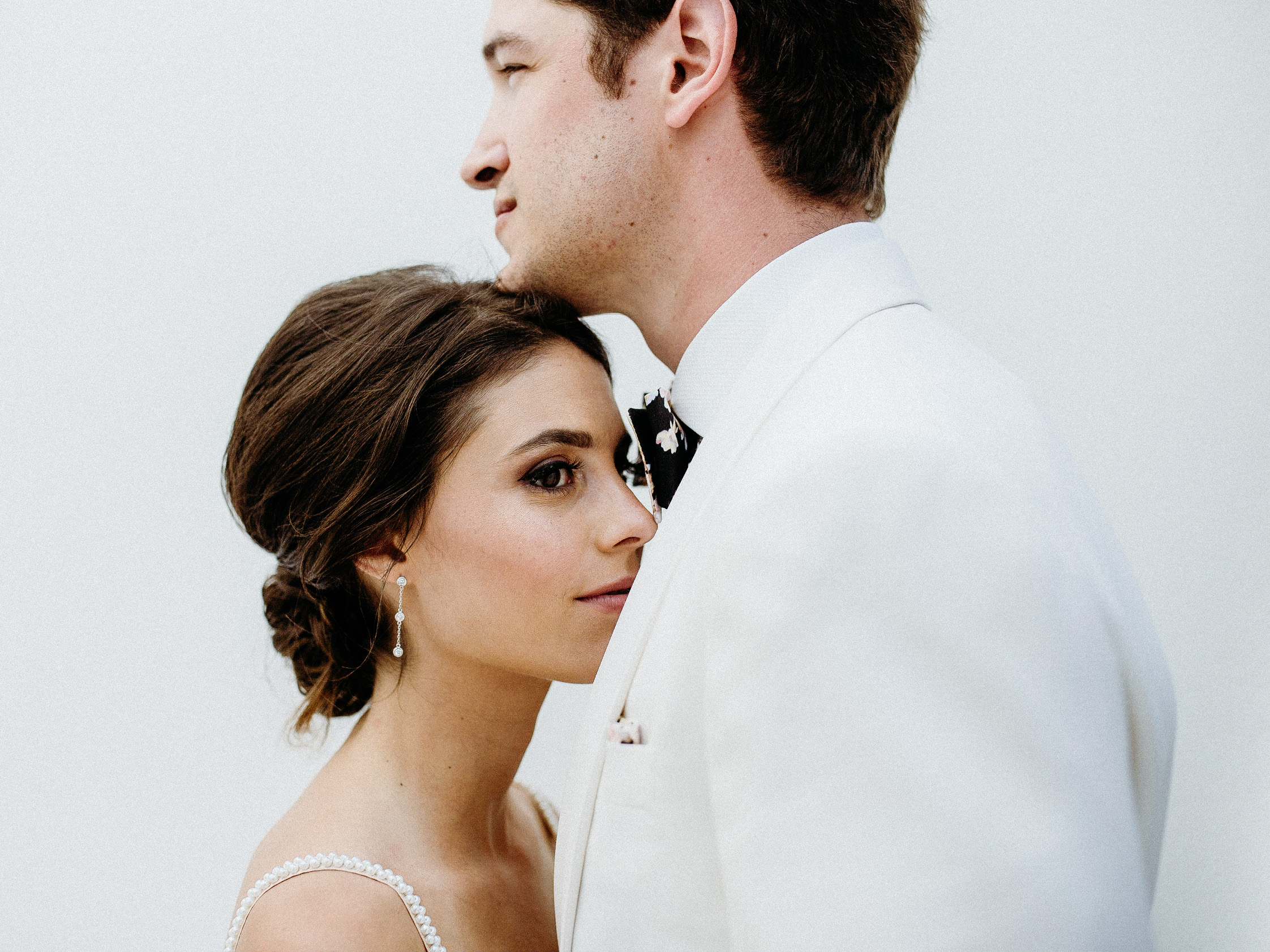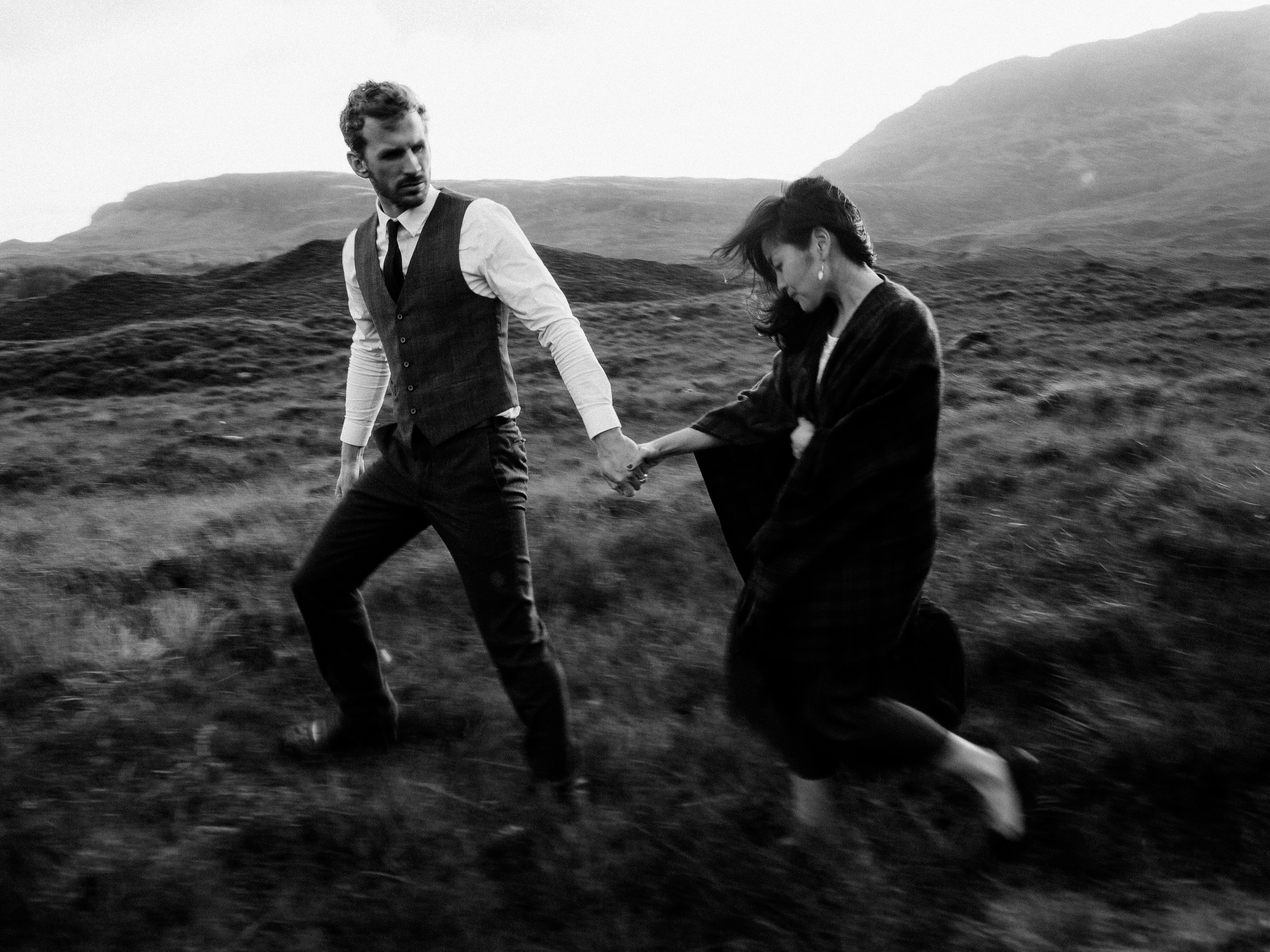How Much Does a Wedding Photographer Make?
Education
By Narrative Team
We caught up with wedding photographer Ryan Browne this week. He and his wife Heidi are the creators of New York-based studios Forged in the North and After It All. He tells us about growing into two distinct studios, supporting his shooters, and balancing all that with family life while expanding into aerial photography.
KW: Is most of your work in New York?
RB: These days, New York is the focus. Heidi and I have kids now, and we want to stay local. There's a huge diversity of weddings in New York, which makes it really fun to be here and in the wedding industry. Very early on, we were traveling a lot. This is when we were finding our own voice and style. It was tricky because international weddings never paid as well as New York weddings. Our philosophy when we traveled was to charge what we felt were fair local rates for our work, which sometimes meant taking a lot less money. All that came at the cost of not staying locally and shooting weddings here. I think we were just lucky that it paid off.
KW: What's been the proudest moment of your career?
RB: The proudest moment is right now. We feel very proud of where we've come from and gotten to this place of stability for us and stability for other shooters on our team. Another way to answer that would be, early in our careers, we were very honored to get this Rangefinder Rising Star 30 Award, which was very cool for us because so many people we looked up to had been on that list. We felt like that was a hurdle that we had crossed. There was a sense of not having to prove something to ourselves anymore.
A lot of people get burnt out in this industry because they haven't had a chance to develop their work enough. They've just been thrown into the gauntlet of grinding to get jobs. That can make you feel very like a cog in this big wedding industry machine and not make you feel valued. We've been fortunate that clients tend to prioritize us on their wedding days. There's respect that we have going into the situation because people love our work and want us to do our thing. We're just at that very well-balanced moment in our careers.
Now, I'm not as interested in taking big risks. I'm interested in making my clients super happy. It's a different kind of drive. I want to get them great images, but my primary ambition is not to impress myself. It's to make them super happy.

KW: What's been the worst business decision you've made?
RB: Six or seven years ago, we considered expanding Forged in the North from just photo and video to a full vendor service. It was just the wrong direction; it's a very intense shift and out of our wheelhouse. It brings on liabilities that you aren't used to as a photographer. That was an interesting attempt, but I'm glad we nipped it quickly and didn't push too far. Instead, we went in the direction of building out what we know, which is more photo and video shooters as a part of our team and our other studio.
KW: What's been your best business decision?
RB: The creation of our other studio, After It All. It exceeded our expectations. Going into 2018, we had way more inquiries than we could book. For the jobs that we had to turn away, the top two reasons for that were either we were too expensive or already booked, so the idea naturally came out of that. Why don't we create a studio that has cheaper pricing and more shooters for availability? It just blew up and was getting booked up like crazy and not cannibalizing our Forged in the North studio at the same time, which was a risk or a concern we had going in.

KW: How do your two studios differ?
RB: Heidi and I handle all the editing for the After It All studio shooters, whereas Forged in the North is very different. We do not do the editing; each shooter on the Forged in the North team is their own individual artist, and the couple works with them from start to finish. Our Forged in the North shooters are much more permanent and exclusive to Forged in the North. They do not take bookings outside of Forged in the North full stop. After It All is built on a much more flexible model because we handle the editing. So they're not making as much money as a Forged in the North shooter. We're more interested in finding people who may not want to run their business or just don't want to develop it as much. Some of our shooters do other kinds of work and just want some wedding jobs here and there. After It All could be perfect for that. Finding the right people to fit these specific criteria is the toughest thing about running studios.
KW: It is spectacular to find people who will be in the same league of abilities and fit all those other criteria. Amazingly, you guys have been able to do it, sustain it, create it, and find a system that works.
RB: We gave great opportunities to the other people on our Forged in the North team when they were much younger and newer in their careers. They have fully embraced that and exceeded all expectations. With After It All shooters, we pitch them to clients as up-and-comers in the industry. They don't have the experience we do on the Forged in the North side, but they are ambitious and awesome. They're affordable right now, but they may not be in a few years, and I think some people recognize that.
KW: And you're vouching for them, which lends credibility.
RB: Especially early on, I had to step in more frequently to say, I promise this will be great, and you'll get awesome images. We're hinging our entire reputation on this. People responded well to that. And with competitive pricing, this perfect mixture made people want to book.

KW: I'm sure you had to give these shooters a ton of feedback as they learn the style. How did that work?
RB: We send text messages and emails of things to look for, but just as frequently, we're praising their work and sending them images we're genuinely impressed by. We try to have them second shoot with us as well. For the most part, we want each shooter to be their own artist. We're not as heavy-handed as some people might think. Everyone is super talented, and we try to give them as many opportunities to grow and shoot. It's important that when you're running a studio, you try to give opportunities to your studio shooters. That could be by curating your job, how you distribute jobs to people, or maybe taking a financial hit as the studio to give that couple an extra hour so that timeline isn't so constrained and they have some more time for portraits or whatever the case is.
KW: What camera are you carrying most these days, whether for work, personal, or everything in between?
RB: I have never been that photographer who always walks around with a camera. So, for me, it's an iPhone. Sometimes, I'll take a film camera or something like that, but I have a slight subconscious attachment to 'that's work; that's my job, and right now, I don't want to be working.’ That's just not me. For work, it's the Fujifilm GFX.
KW: Our last question, what's your problem? What are you working on right now?
RB: We are trying to sort out what is sustainable with managing our studios, our life with our kids, and our editing workload. Both Heidi and I shoot a lot of other commercial work. There are 10 photographers, and we have a studio manager and some editing help. That is the max amount of personnel before the seams start breaking. Our biggest problem right now is figuring out that balance. Making sure that everyone on our team is happy and in the right place in their life, and providing as much as we can for them.

KW: What do you think would be the first thing to go if you guys were to try to trim some fat?
RB: Heidi and I still tend to shoot more weddings than anyone else on our team, and I don't know if that's sustainable. From 2013 to 2018, I was focused on my commercial directing career. I stepped out of that because I fell out of love with that and more in love with weddings. Over the years, I have developed more into commercial photography, specifically aerial work, which started as a hobby. So I never carried a camera around, but wherever we traveled, I did go up in a helicopter and take some photos. It was eight to ten years of doing it for fun before taking it seriously. I developed expertise with it and have been able to shoot some really cool jobs for Apple, recently did one for Starbucks, and go to cool places around the world. It's more relationship-building and getting yourself in the right spot to be noticed and hired. Balancing some of those things is the biggest problem. The solution, which is harder to execute than it seems, is to take fewer weddings. It's hard when everyone's booked. It's with a planner you love at a venue you love, and the couple seems great, and they're like, take our money. Well, I'm going to say yes every time. By saying that, it probably comes off quite pretentious. I know that a lot of people are just trying to get jobs; that's probably the biggest struggle that most people have. But there's always something that you have to adjust to.
KW: You guys are busy because you worked for years to be the studio you are now. And now you have to pay the price of saying no to turn down your rewards for success. That is a difficult position to be in. But I'm pretty stoked to see how that transitions for you guys.
RB: We'll check back in a few years and see how it's going.
For a deeper dive into Ryan’s two diverse studios, check out Forged in the North and After It All. Follow Ryan on Instagram to keep up with his stellar aerial work @ryanrbrowne.
This interview has been edited and condensed. Check out “The Photographer’s Problem: A Narrative Podcast” streaming now on YouTube or Spotify for the full, unedited interview and more inspiring stories with an immersive look into the intricate world of photography.